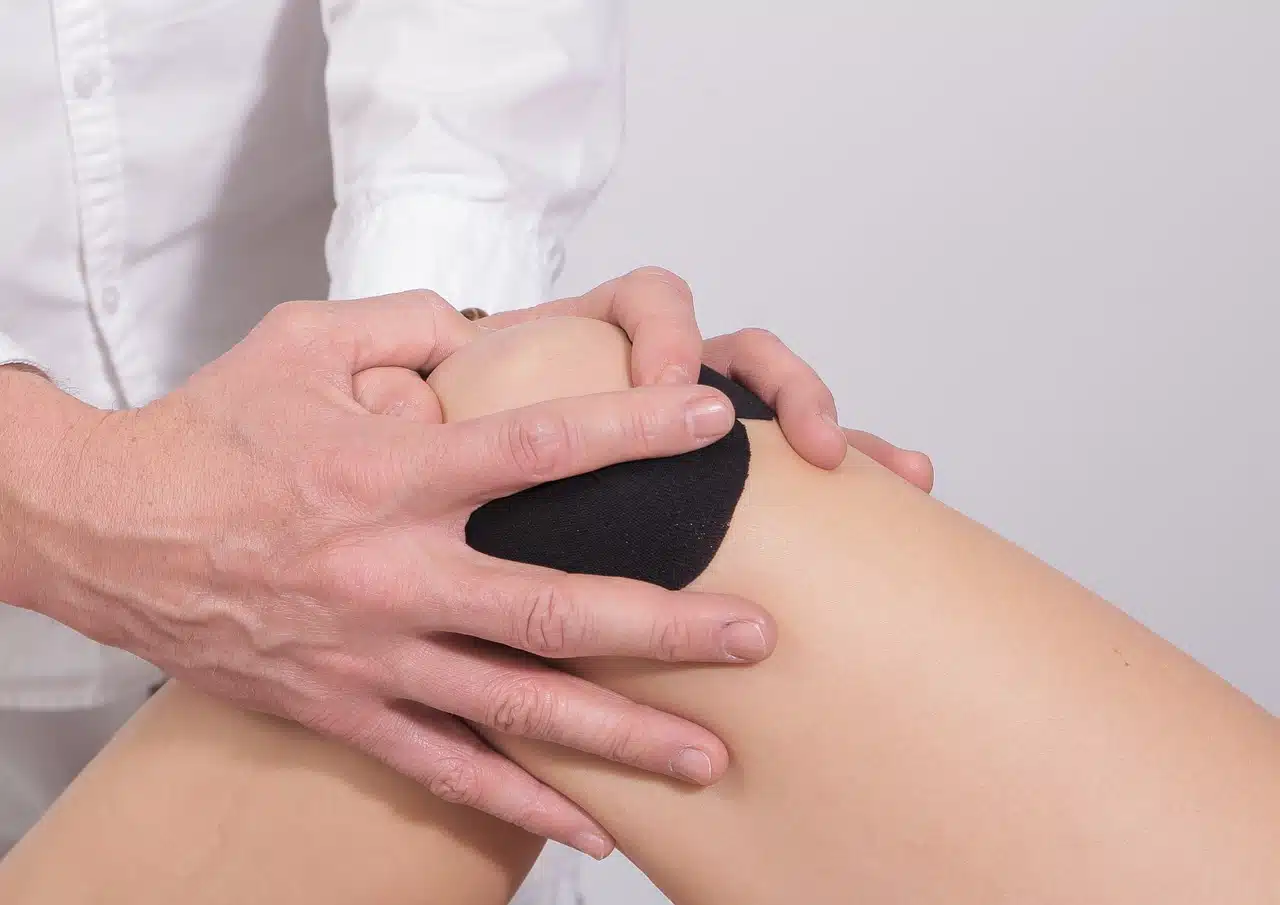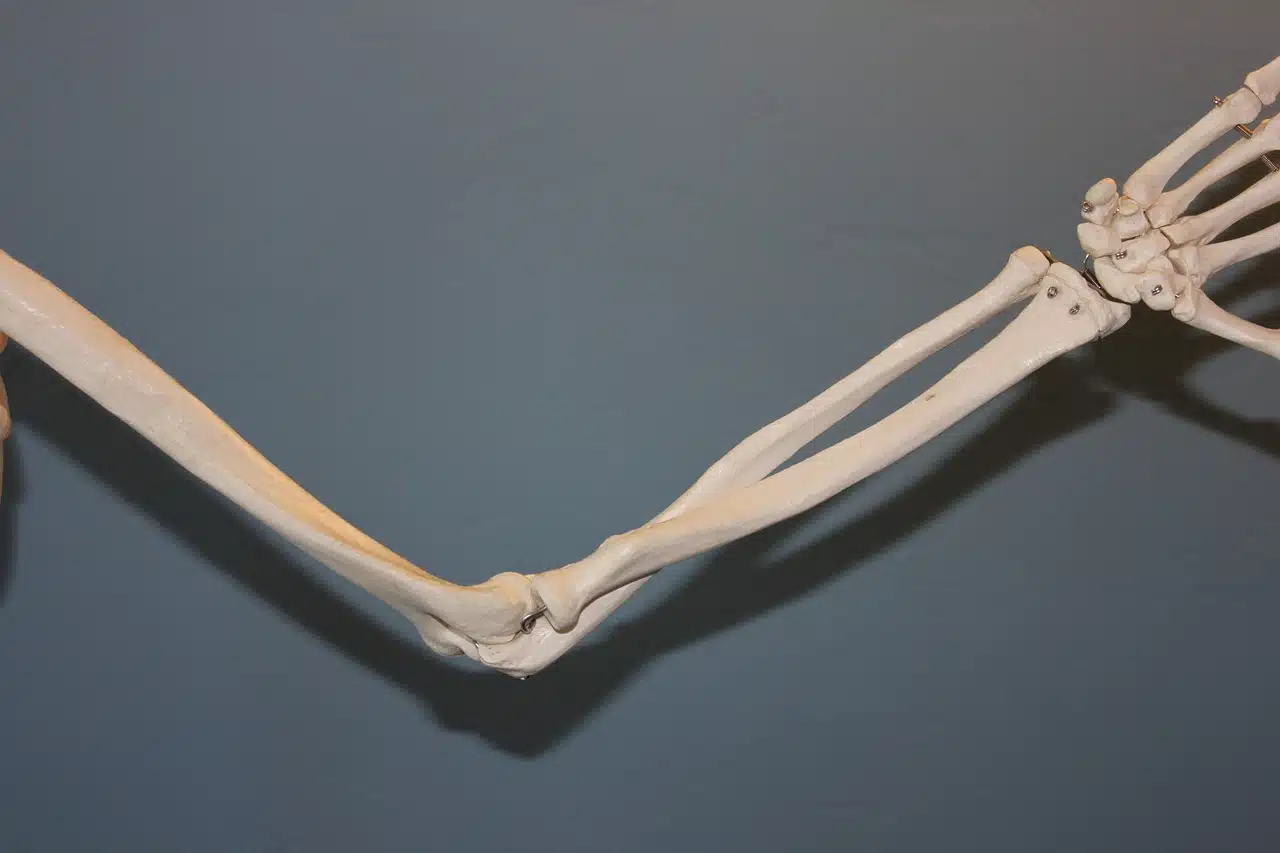
Knee hyperextension occurs when the kneecap extends too far back.
Knee hyperextension
Knee hyperextension occurs when the kneecap extends too far backward , causing high stress on the area. This situation can lead to small bone fractures , a ligament tear or muscle disorders .
The usual thing is that knee hyperextension occurs due to an abrupt stop in walking , a blow or a fall . To avoid this disorder, it is recommended to tone the muscles associated with the fixation of the patella and the flexion of the knee, in addition to improving posture, wearing shoes with a higher heel and stretching.
Among the symptoms that hyperextension of this kind can reveal are the following:
- a constant pain in the joint ;
- noise when stretching the leg;
- mobility and stability problems, especially when walking on an uneven surface and during sports activities;
- deformation of the affected area, with results that affect the aesthetics of the leg . This may include unequal extension of both legs;
- tumefaction (swelling);
- weakness in the affected leg.
To diagnose knee hyperextension, the traumatologist usually requests a complete imaging test of the area but also of any deformation that is associated with the problem.
Knee hyperextension: treatment
The treatment of knee hyperextension generally includes rest , the use of a bandage , the application of ice packs, and the administration of anti-inflammatories and analgesics. In the most serious cases, surgical intervention may be used.
It is also common for doctors to indicate the use of insoles, which must be tailored to each patient, so that posture improves when standing. If a physiotherapist helps us, he or she can also teach us how to perform certain stretches and exercises that usually give good results in a short time.
The use of knee pads is also part of the possible treatments for knee hyperextension, especially in milder cases. Its function is to limit the range of motion and correct the posture pattern , providing optimal stability for the leg.
Elbow hyperextension
Elbow hyperextension occurs if the elbow extends beyond the natural limits of movement . This can lead to joint, bone and ligament damage. Some of the common causes are falls or blows when performing very demanding physical activities, which force the elbow to open beyond its limits.
The most common symptoms are the following:
- pain when moving or touching the elbow;
- swelling in the surrounding area;
- stiffness , both in the elbow and in the arm;
- weakness in the affected limb;
- muscle spasms when stretching the limb.
The diagnosis and treatment of elbow hyperextension are similar to those of knee hyperextension. It is important to highlight that a doctor is the one who must advise and indicate the steps to follow when these problems arise.

Rest and immobilization help cure elbow hyperextension.
Elbow hyperextension: treatment
Treatment of elbow hyperextension usually includes rest for the first few days, use of ice to relieve swelling , and the prescription of an elastic band or elbow brace to limit movement.
It is also common for the doctor to instruct his patient to keep the elbow elevated above the level of the heart to relieve or prevent swelling, especially in the days surrounding the injury. Performing exercises and surgery are other possibilities.
